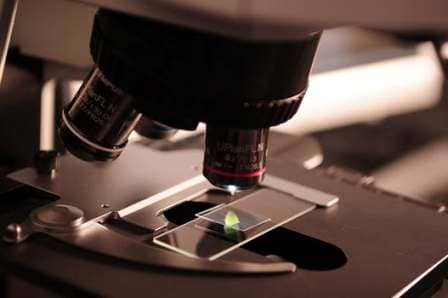
 A recent article published in Pathology showed that 18/18 intestinal resection samples from Crohn’s disease patients contained mycobacteria. In contrast, none of the 15 samples from control subjects were positive.
A recent article published in Pathology showed that 18/18 intestinal resection samples from Crohn’s disease patients contained mycobacteria. In contrast, none of the 15 samples from control subjects were positive.
The mycobacteria “were not uniformly distributed throughout the tissue samples, but scattered widely and generally associated with lymphoid clusters. They tended to be located deep in the submucosa and muscularis propria, often amongst areas of fibrosis associated with moderate chronic inflammation and sometimes associated with inflammatory fissures. [Mycobacteria] were not identified in the areas of ulceration and necrosis.”
The staining methodology used by the researchers was developed by John Aitken of Otakaro Pathways, and differs from the traditional ZN methodology commonly used to detect mycobacteria. Here, the conventional ZN stain failed to detect mycobacteria in any of the 33 samples. However, when an alteration was made to the decolorizing step, non-tuberculous mycobacteria were visualized in all of the samples from Crohn’s disease subjects. This new methodology is detailed in the article.
